Spotify vs YouTube : Which is Better for Music and Video Streaming in 2025?”
Spotify vs YouTube : In today’s digital age, streaming platforms have taken over how we consume music and video content. Two of the biggest names in this space are Spotify and YouTube. Both have millions of users and offer unique features, but which is best for you? Let’s dive into the key differences, pros, and cons of Spotify and YouTube to help you decide which platform suits your needs.
What is Spotify?
Spotify is one of the world’s leading music streaming services. It offers access to millions of songs, podcasts, and playlists. The platform allows users to create playlists, discover new music, and listen to their favorite tracks on demand. Whether at home, on the go, or working out, Spotify offers a convenient and personalized music experience.
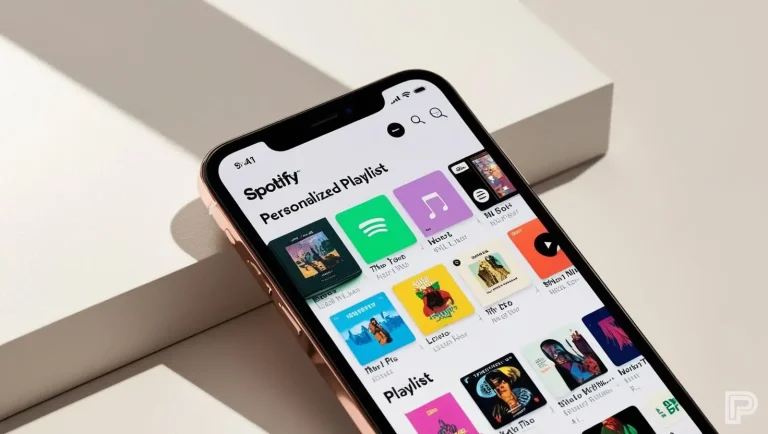
What is YouTube?
YouTube is a video-sharing platform where users can upload, watch, and share videos. It is the world’s second-largest search engine after Google. YouTube offers music videos as well as a wide range of other content, including tutorials, vlogs, movies, and much more. Users can access free content with ads or pay for YouTube Premium for an ad-free experience and extra features.
Comparison: Spotify vs YouTube
Content and Purpose
- Spotify is primarily focused on music. It’s the go-to platform for music lovers who want an easy way to listen to their favorite songs, albums, and podcasts. Spotify’s Mod APK colossal music library, personalized playlists, and music recommendations set it apart in the streaming world.
- YouTube, on the other hand, is much more versatile. While it started as a video-sharing platform, it now hosts many music videos, live performances, and even music-related content like interviews. It’s not just about music – YouTube has something for everyone, from educational content to entertainment.
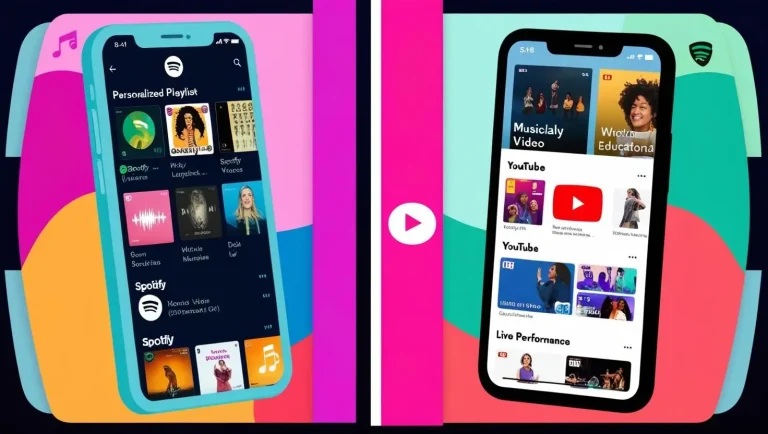
Music Experience
- Spotify offers a seamless music experience. Its robust algorithm recommends music based on what you listen to. You can listen offline, create and share playlists, and enjoy curated playlists for every mood and activity. The free version has ads, but the premium version removes them and provides higher sound quality.
- YouTube also allows you to watch music videos, but the experience can be interrupted by ads, unless you subscribe to YouTube Premium. However, YouTube offers a more visual experience. You can watch your favorite artists’ performances, live shows, and music videos. It also allows users to create playlists, but it is primarily designed for video, not just audio.
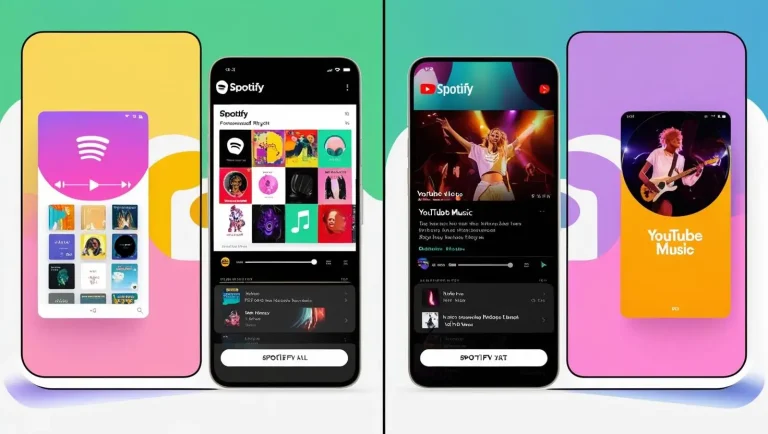
User Interface and Ease of Use
- Spotify has a clean, minimalist design. The interface is user-friendly and easy to navigate. Whether you’re searching for music or podcasts, Spotify makes finding what you’re looking for simple. The app is available on various devices, from smartphones to smart speakers.
- YouTube, as a video platform, offers a rich visual experience. While it is easy to search for videos, sometimes the interface can be overwhelming due to the wide variety of content available. However, YouTube’s mobile app is intuitive and offers a smooth experience for music and video lovers alike.
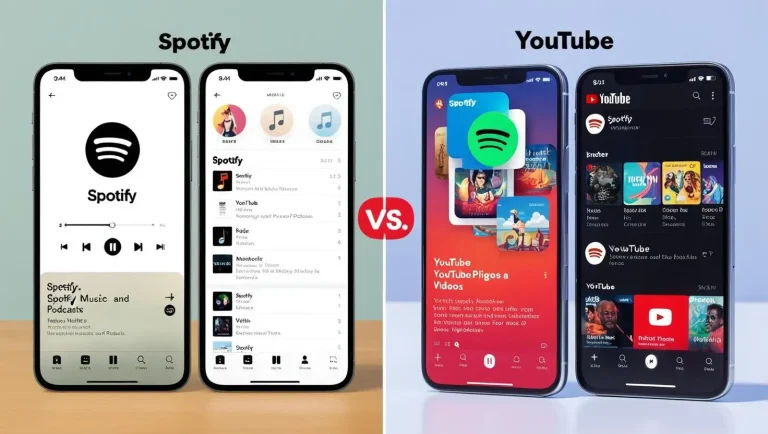
Accessibility and Device Support
- Spotify is available on various devices, including smartphones, tablets, desktops, smart speakers, and gaming consoles. It allows seamless switching between devices, making it easy to pick up where you left off.
- YouTube is also available on many devices, accessible through a web browser or app. Whether using a smart TV, smartphone, or tablet, YouTube offers a consistent experience. However, for an uninterrupted music experience, you may need a YouTube Premium subscription to avoid ads.
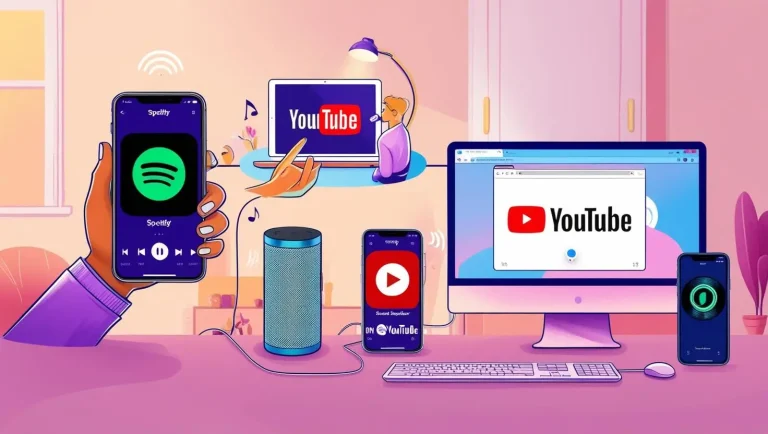
Pricing
- Spotify offers both a free version and a paid premium version. The free version has ads and some limitations, but the premium version removes ads, provides offline listening, and offers better audio quality. Spotify Premium is affordable, making it an excellent choice for those who want a budget-friendly music streaming service.
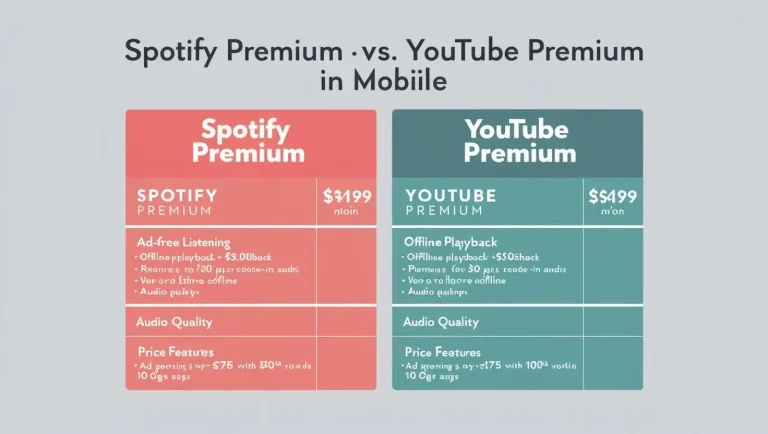
- YouTube also offers free content with ads. For an ad-free experience, users can subscribe to YouTube Premium. YouTube Premium also gives access to YouTube Music, a music-only service similar to Spotify. However, YouTube Premium is generally priced higher than Spotify Premium.
Pros and Cons of Spotify and YouTube
Spotify Pros:
- Extensive music library and personalized playlists.
- High-quality audio for premium users.
- Ad-free experience with a premium subscription.
- Music-only platform (focus on audio).
Spotify Cons:
- Limited to music and podcasts (no video content).
- The free version includes ads.
- No video content, so it’s not ideal for those who prefer visuals with their music.
YouTube Pros:
- A massive variety of content, including music videos, documentaries, and entertainment.
- Free content with ads or an ad-free experience with Premium.
- Supports both music and video content.
- Large selection of live performances and user-uploaded videos.
YouTube Cons:
- Ads can interrupt the music experience unless you subscribe to YouTube Premium.
- The music experience isn’t as seamless as Spotify’s (focus on video).
- Higher subscription cost compared to Spotify.
Which One is Better for You?
The choice between Spotify and YouTube depends on your preferences:
- Spotify is your best option if you are primarily looking for music and want a focused audio experience with personalized recommendations.
- YouTube might be more suitable if you enjoy a mix of music and video content and want to watch music videos, live performances, and other video content.
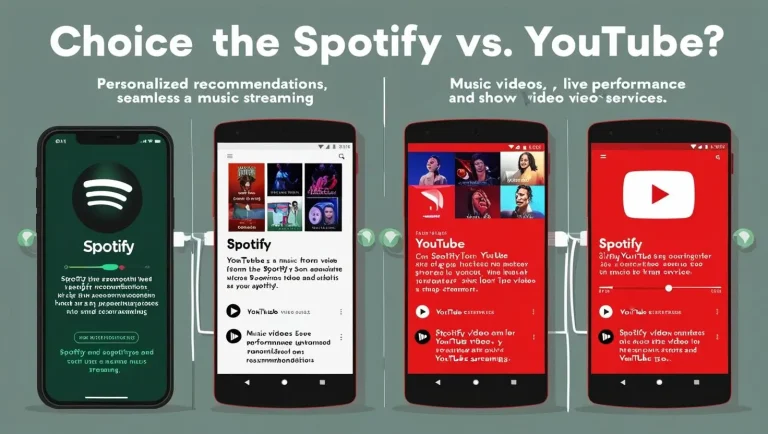
Both platforms offer great features, and the decision ultimately comes down to what you value more—seamless music streaming or a more diverse range of content. You can even use both! Many users enjoy Spotify for their music needs and YouTube for video content, making both platforms complementary.
Conclusion Spotify vs YouTube in 2025?
Spotify and YouTube are two powerful platforms with unique strengths. Both offer high-quality services, whether you choose Spotify for a streamlined music experience or YouTube for a broader content variety. It’s all about what fits your lifestyle and preferences. Nces and how you consume music and video content. Consider what matters most to you—the music library, audio quality, or additional features—and decide accordingly.


